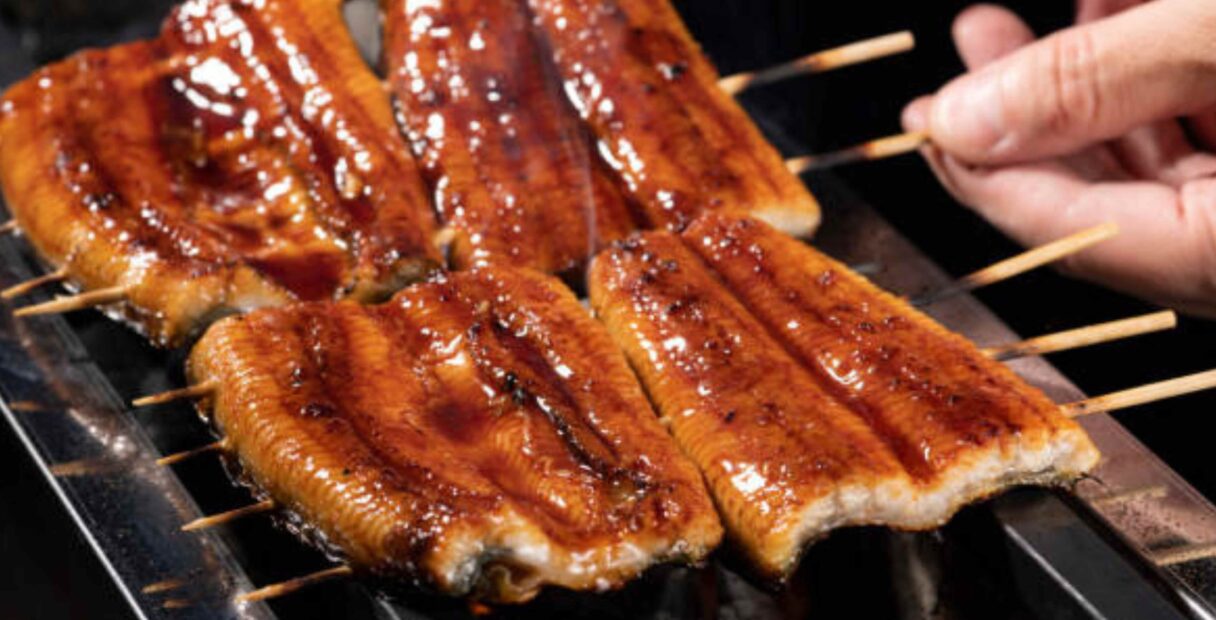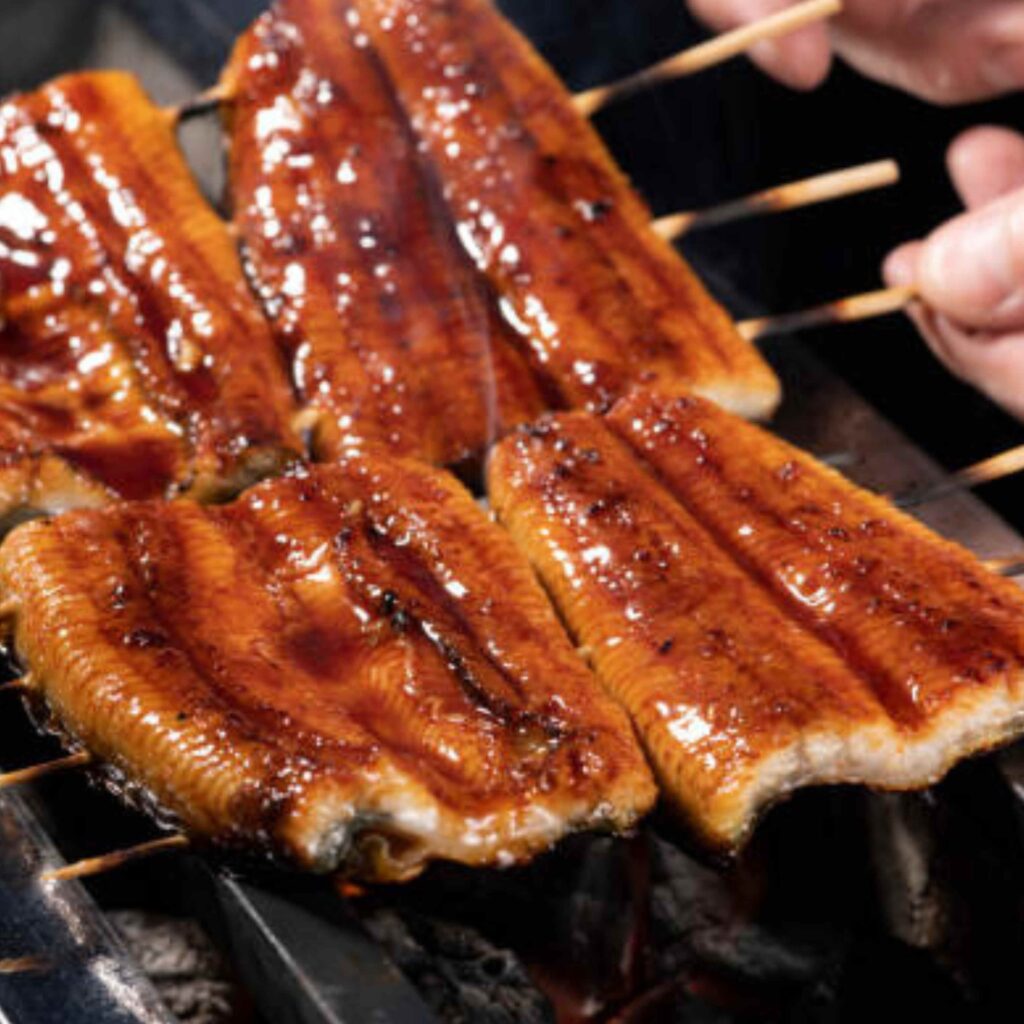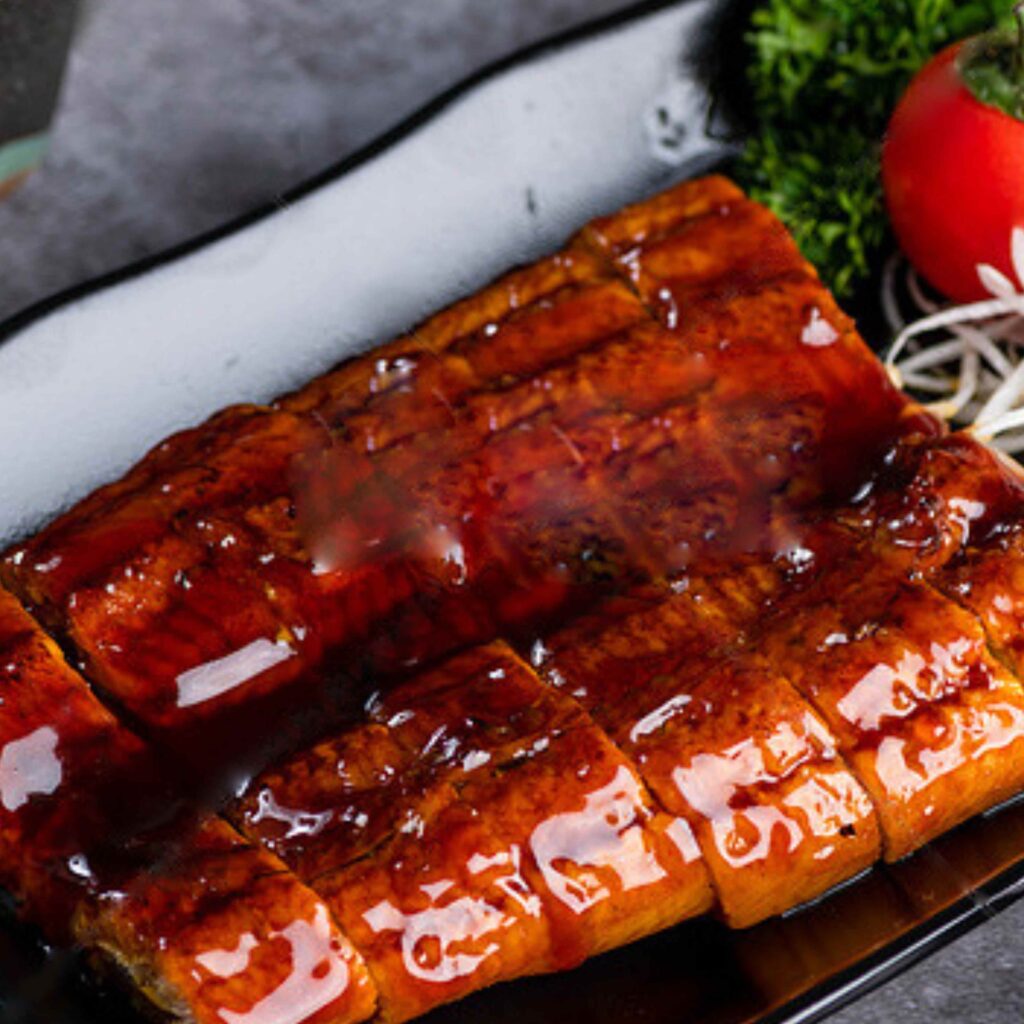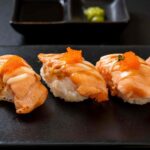
Unagi – Grilled Eel


Unagi – Grilled Eel: A Japanese Delicacy
Introduction
Unagi, a succulent and esteemed Japanese dish, invites you to savor the flavors of Japan’s rich culinary heritage. This iconic delicacy, featuring grilled freshwater eel, has a history as rich and flavorful as its presentation. In this article, we embark on a journey to explore the intriguing history and cultural significance of Unagi, a culinary masterpiece celebrated for its taste and tradition.
Japanese Roots
A Dish Born from Necessity
Unagi has its origins in Japan, where it emerged as a staple food during the Edo period (1603-1868). This period was marked by strict regulations on meat consumption, leading people to explore alternative protein sources. Unagi, with its abundant supply in freshwater rivers and lakes, became a valuable source of nutrition and sustenance. The Japanese word “unagi” itself means “freshwater eel.”
Mediterranean Influence
A Taste of Japanese Craftsmanship
Unagi embodies the essence of Japanese cuisine, known for its emphasis on high-quality ingredients and meticulous preparation. The eel is first filleted and skewered, then grilled over an open flame or on a charcoal grill. It is basted with a sweet and savory soy-based sauce known as “tare” throughout the cooking process. The result is a tender, smoky, and caramelized eel with a depth of flavor that has captivated palates for centuries.
Cultural Significance
A Dish of Tradition and Celebration
Unagi is more than just a meal; it is a symbol of Japanese culinary tradition and a source of cultural celebration. It is particularly popular during the midsummer festival known as “Doyo no Ushi no Hi” or “Unagi Day” on the Japanese calendar. On this day, people consume Unagi to gain stamina and endure the hot summer months. Unagi restaurants, often called “unagi-ya,” are dedicated to perfecting the art of grilling eel, making it a sought-after dining experience.
Conclusion
In conclusion, the history of Unagi is a captivating journey through the culinary traditions of Japan. From its origins as a necessity during the Edo period to its status as an internationally revered symbol of Japanese gastronomy, Unagi continues to captivate with its rich history and cultural significance. Its journey from the rivers and lakes of historical Japan to dining tables around the world showcases the timeless allure of this delectable and traditional Japanese classic.
For those eager to explore more about Unagi and its regional variations, there are dedicated culinary resources and studies of Japanese cuisine that offer deeper insights into this cherished culinary masterpiece.
- Serves: 2 People
- Prep Time: 15 minutes
- Cooking: 15 minutes
- Difficulties: medium
Ingredients
For Cooking
- 2 fresh eel fillets
- Unagi sauce (available at Asian markets)
- Salt, for seasoning
- Steamed white rice, , for serving
For Dressing
Nutritional Information
-
Calories:
250 -
Total Fat:
15g -
Saturated Fat:
3g -
Cholesterol:
150mg -
Sodium:
600mg -
Total Carbohydrates:
10g -
Dietary Fiber:
0g -
Sugars:
10g -
Protein:
20g
Procedure
Conclusion: Unagi, with its delicate balance of flavors and textures, is a treat that showcases the essence of Japanese culinary art. From mastering the grilling technique to exploring creative variations, you’re now equipped to enjoy Unagi in various delectable forms. Whether you’re savoring it over rice or rolling it into sushi, Unagi is sure to captivate your taste buds.
-
Mark As Complete
Begin by patting the eel fillets dry with a paper towel.
-
Mark As Complete
Season the fillets with a sprinkle of salt.
-
Mark As Complete
Preheat your grill to medium-high heat.
-
Mark As Complete
Place the eel fillets on the grill, skin-side down.
-
Mark As Complete
Grill for 5-7 minutes on each side, basting generously with the Unagi sauce.
-
Mark As Complete
Continue grilling and basting until the eel is fully cooked and glazed with the sauce.
-
Mark As Complete
Remove from the grill and let it rest for a few minutes.
-
Mark As Complete
Slice the eel into thin pieces.
-
Mark As Complete
Serve over a bed of steamed white rice, drizzling more Unagi sauce on top.
Dawood Ali Mian
Chef Dawood brings a wealth of experience and a diverse culinary background to our kitchen. His culinary training spans the globe, from classic French techniques to contemporary fusion cuisine. Drawing inspiration from both traditional and modern culinary traditions, Chef Dawood’s creations are a harmonious blend of flavors and textures that tantalize the palate.
You also might like
No recipe were found.



